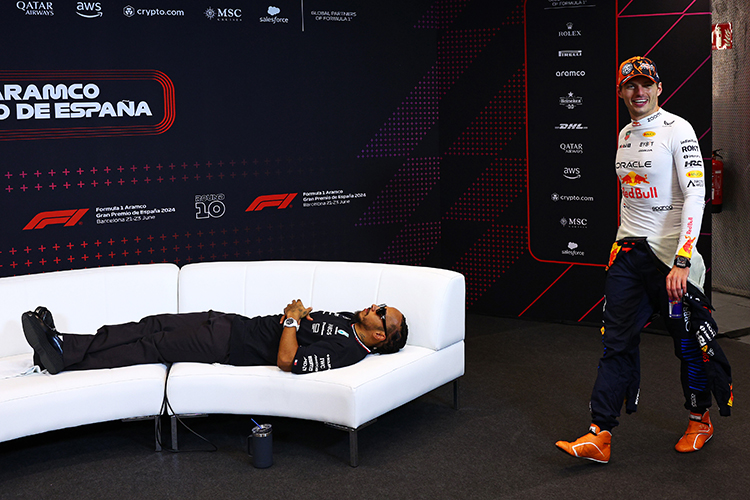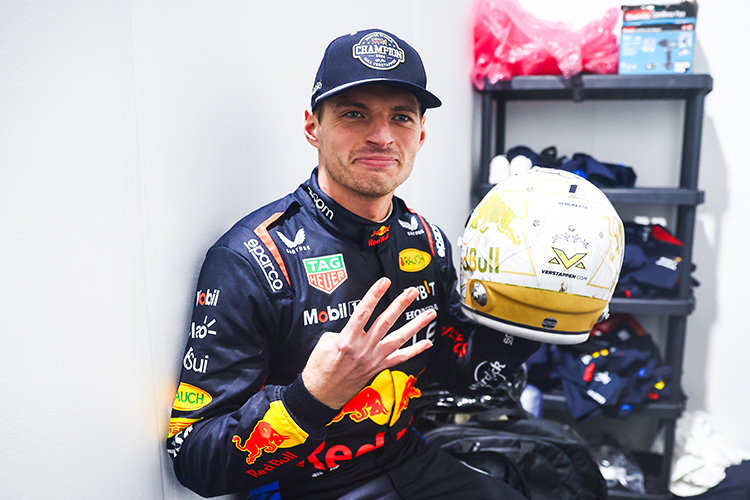How F1 Teams Prepare Drivers for Safety Car Restarts

Formula 1 World Champions: A legacy of racing legends
How do teams ensure their drivers are well-prepared for a restart after the Safety Car period ends?
Explore how Formula 1 teams prepare their drivers for Safety Car restarts using data analysis, tire management, and strategic communication to gain a competitive edge.
The preparation for a restart after a Safety Car period in Formula 1 is a complex symphony of data analysis, strategic communication, and real-time adjustments. Teams leave no stone unturned to ensure their drivers are ready for the crucial moments when the green flag waves. This meticulous approach can make the difference between gaining an advantage or falling behind in the race.
The Crucial Role of Team Strategy
Safety Car restarts require more than just driver skill—they demand strategic precision where every decision can influence the race outcome.
Real-Time Data Analysis
- Telemetry Monitoring: Teams analyze real-time telemetry data, including tire temperatures, brake conditions, and fuel levels, to provide tailored guidance to drivers.
- Simulation Models: Advanced simulations predict potential scenarios, helping teams brief drivers on optimal strategies for various restart situations.
Tire and Brake Management
- Tire Conservation: Drivers receive instructions on weaving patterns and braking techniques to maintain optimal tire temperatures during the Safety Car period.
- Brake Performance: Teams help drivers balance brake cooling and warming to ensure they’re ready for maximum performance when racing resumes.
The Power of Communication
Seamless communication between the driver and the team is vital for a smooth transition from a Safety Car period to full-speed racing.
Clear and Concise Instructions
- Constant Updates: Engineers provide real-time information about the Safety Car status, track conditions, and competitors’ strategies.
- Restart Plans: Drivers receive specific guidance on acceleration points, overtaking opportunities, and defensive strategies for the restart.
Psychological Preparation
- Combatting Complacency: Teams emphasize staying alert and mentally sharp during the Safety Car period to avoid being caught off-guard.
- Visualization Techniques: Drivers use mental exercises to visualize a perfect restart, enhancing focus and readiness.
Strategic Positioning on Track
Optimal positioning during a Safety Car period can create opportunities for a strong restart.
Track Position
- Line Discipline: Engineers advise drivers on ideal racing lines to maintain during the restart laps, aiding both defense and attack.
- Space Management: Maintaining the right distance from the car ahead ensures drivers are ready to react while avoiding unnecessary risks.
Anticipation and Timing
- Anticipating the Leader: Drivers analyze the leading car’s behavior to predict its moves during the restart.
- Timing the Acceleration: Teams provide precise instructions on throttle application to maximize traction and gain momentum as the green flag waves.
Adaptive Strategy: Reacting to Unfolding Scenarios
Flexibility and quick thinking are essential, even with meticulous preparation.
Contingency Plans
- Scenario Planning: Teams prepare for unexpected moves by competitors or sudden changes in track conditions.
- Live Adjustments: Engineers monitor competitors’ actions and provide real-time updates to help drivers adapt effectively.
Emphasizing Agility
- Driver Autonomy: While strategic input is vital, drivers must rely on their instincts and experience to make split-second decisions.
Conclusion: Precision at Its Peak
Preparing for a restart after a Safety Car period in Formula 1 is a multifaceted process involving strategy, communication, and adaptability. By leveraging data analysis, maintaining car conditions, and positioning drivers for success, teams ensure their drivers are ready to excel when the green flag signals the resumption of full-speed racing.
This meticulous preparation, combined with the driver's skill and quick thinking, often turns the Safety Car restart into a pivotal moment of the race. It’s a true testament to the relentless pursuit of excellence that defines Formula 1.
Up Next



